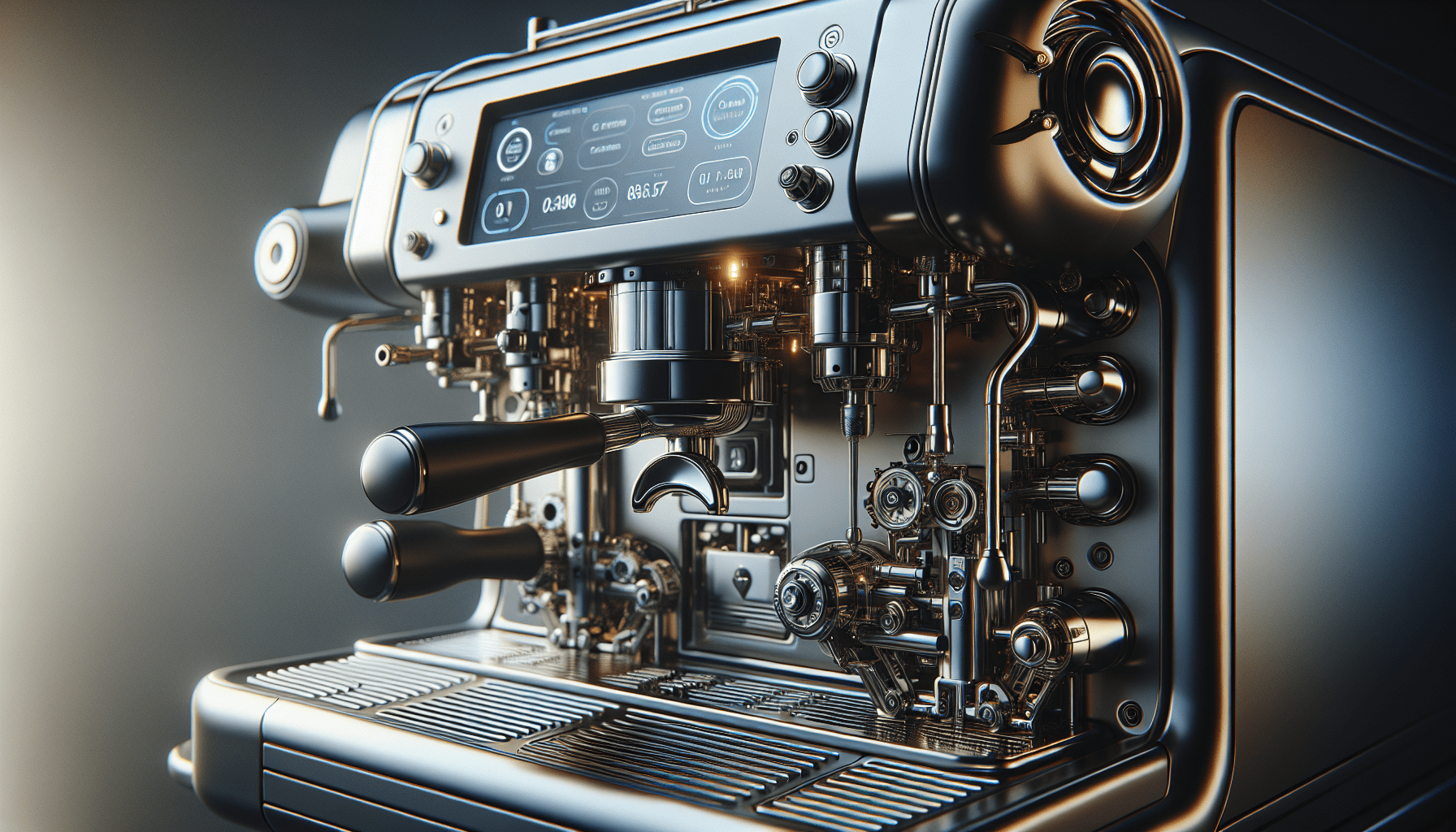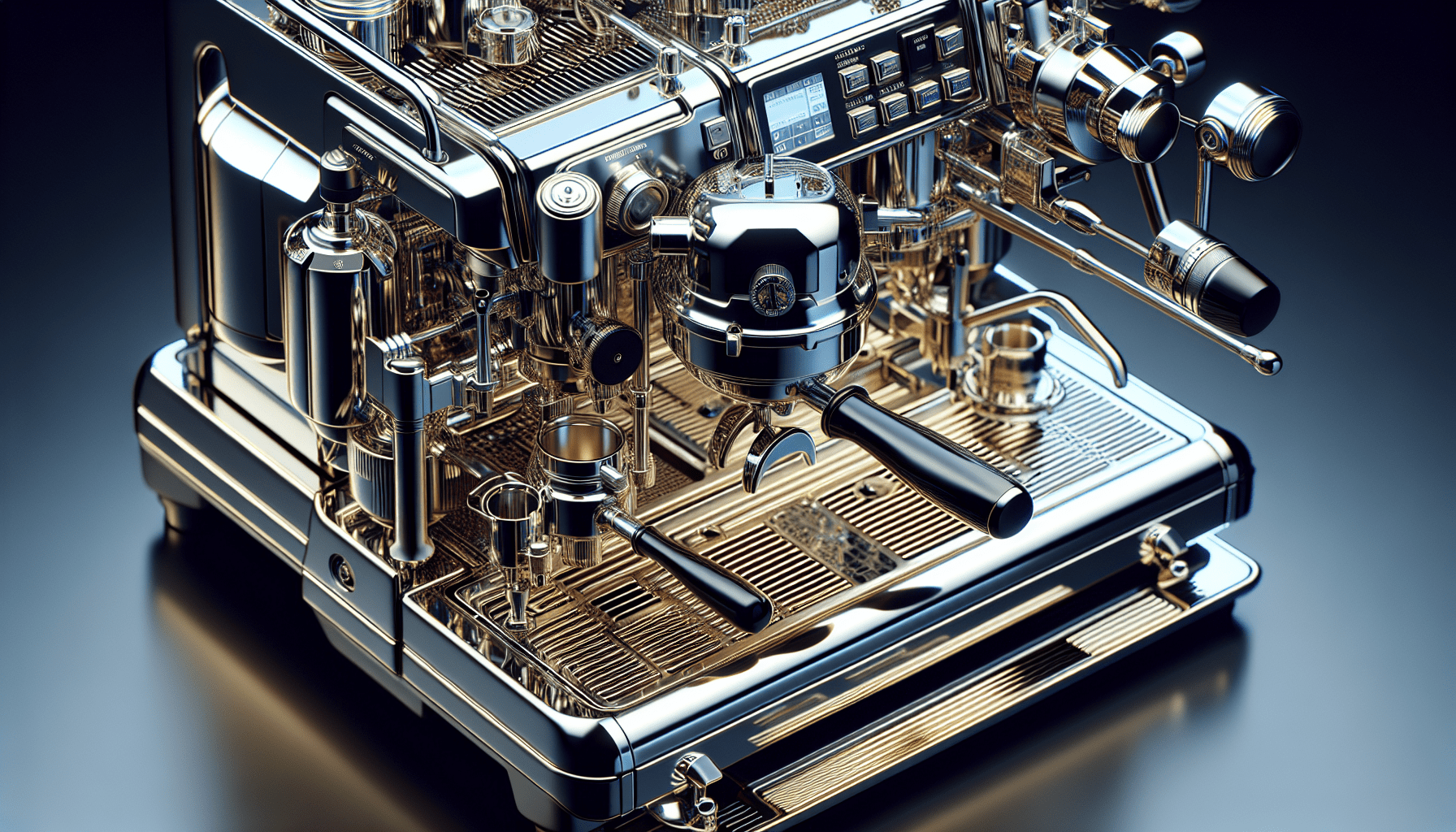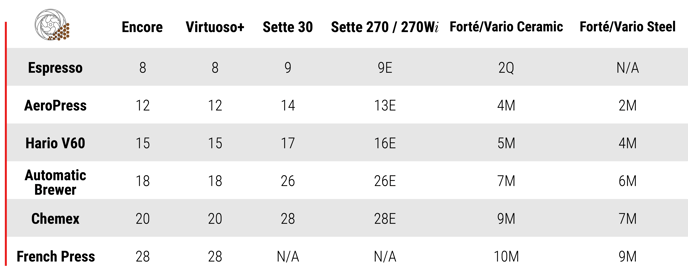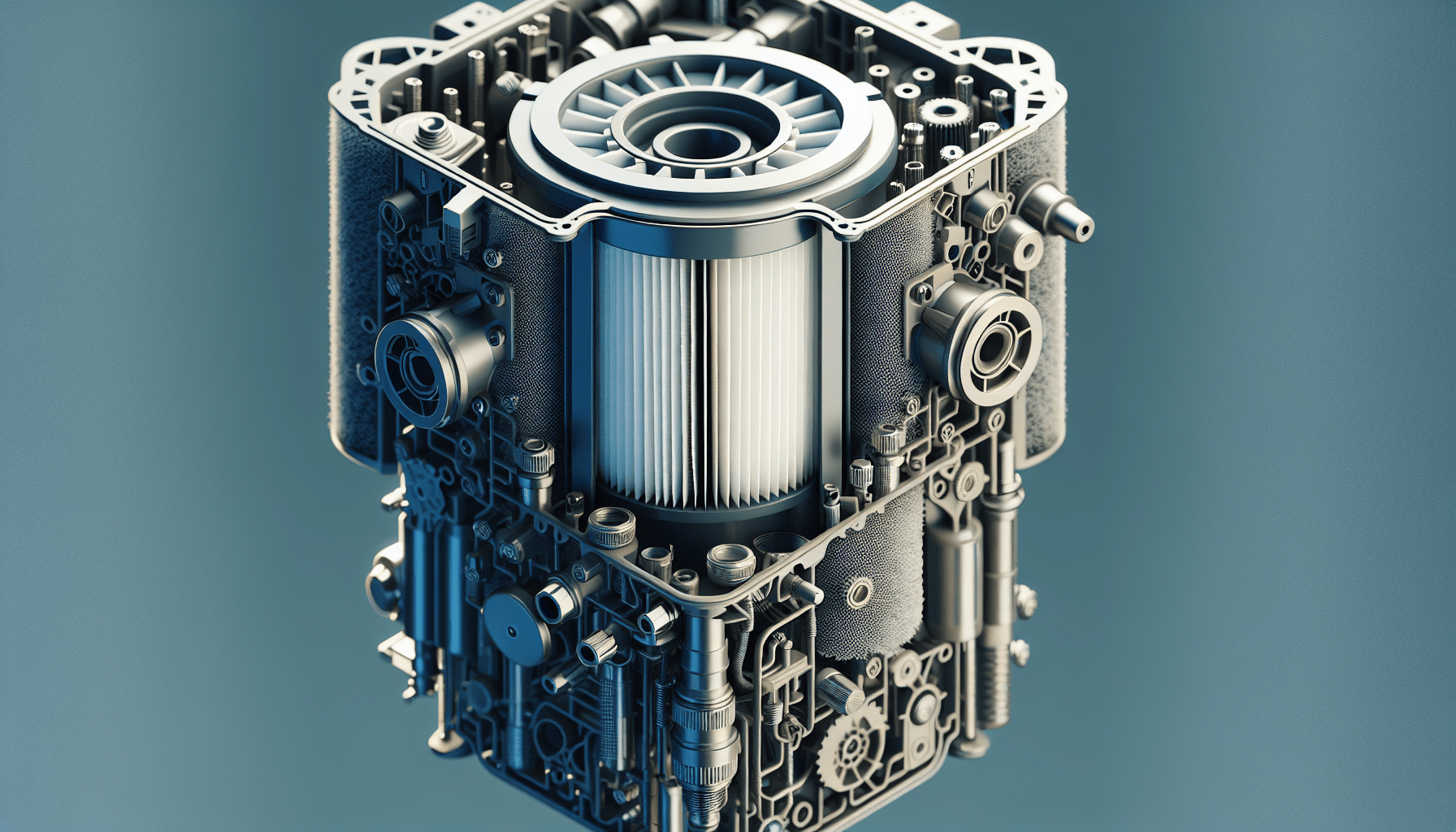Have you ever wondered if you have any control over the brewing temperature and pressure of your super-automatic espresso machine? Well, the good news is that you do! With a super-automatic espresso machine, you have the ability to adjust both the brewing temperature and pressure to suit your personal preference. Whether you prefer a strong and hot cup of espresso or a milder and smoother one, the choice is entirely up to you. So, let’s explore the possibilities and discover how you can make the perfect cup of espresso tailored to your taste.
Introduction
If you’re a coffee lover, chances are you’ve experienced the joy and satisfaction of a perfectly brewed espresso. The rich aroma, velvety texture, and intense flavor of a well-crafted espresso can truly elevate your coffee-drinking experience. And when it comes to making espresso at home, super-automatic espresso machines are a popular choice for many coffee enthusiasts. But did you know that you can actually adjust the brewing temperature and pressure of these machines to further enhance the taste and quality of your espresso? In this article, we will explore the world of super-automatic espresso machines, understand their inner workings, and delve into the importance of brewing temperature and pressure. We will also discuss the different types of super-automatic espresso machines and how to adjust brewing temperature and pressure to achieve the perfect cup of espresso. So let’s get started!
Understanding Super-automatic Espresso Machines
What is a super-automatic espresso machine?
A super-automatic espresso machine is a state-of-the-art coffee machine that is designed to make the process of brewing espresso as easy and convenient as possible. Unlike traditional espresso machines that require manual handling and expertise, super-automatic machines automate the entire espresso-making process, from grinding the beans to extracting the espresso shot. These machines feature built-in grinders, tamper systems, and programmable settings, making them perfect for those who want a hassle-free espresso-making experience.
How does a super-automatic espresso machine work?
The inner mechanisms of a super-automatic espresso machine are complex yet efficient. When you press the button to make an espresso, the machine starts by grinding the coffee beans to a predetermined consistency. The ground coffee is then densely packed or tamped to create the right amount of resistance for water to pass through. The machine then heats water to a specific temperature and forces it through the compacted coffee grounds at high pressure, extracting the flavorful espresso shot. The automated process ensures consistent results every time, without any guesswork or skill required.
Benefits of using a super-automatic espresso machine
Super-automatic espresso machines offer several benefits that make them a popular choice among coffee enthusiasts. First and foremost, they are incredibly convenient to use. With just the touch of a button, you can have a fresh, delicious cup of espresso in a matter of minutes. These machines also come with programmable settings, allowing you to customize and save your preferred coffee strength, volume, and temperature. Another advantage is the built-in grinder, which ensures that you always have freshly ground coffee at the perfect consistency. Additionally, super-automatic machines are easy to clean and maintain, making them a hassle-free option for those with busy lifestyles.
Importance of Brewing Temperature and Pressure
Why is brewing temperature important?
The brewing temperature plays a crucial role in determining the taste and quality of your espresso. If the water is too hot, it can cause the coffee to taste burnt or bitter. On the other hand, if the water is too cold, the coffee can taste weak or sour. Achieving the optimal brewing temperature is essential for extracting the desirable flavors from the coffee grounds while avoiding any undesirable tastes.
How does brewing temperature affect espresso taste?
When water comes into contact with coffee grounds, it begins to extract the flavors and compounds present in the beans. The brewing temperature affects the rate of extraction and the types of compounds that are dissolved. The ideal temperature range for brewing espresso is typically between 195°F and 205°F (90°C to 96°C). At this temperature range, the hot water optimally extracts the flavorful compounds, oils, and aromas from the coffee, resulting in a balanced and full-bodied espresso with a harmonious flavor profile.
Why is brewing pressure important?
Brewing pressure is another critical factor in the espresso-making process. The pressure exerted on the coffee grounds during extraction determines the rate at which the soluble compounds are extracted. The right brewing pressure helps to achieve an even and consistent extraction, ensuring that the flavors are fully captured and balanced. Insufficient pressure can result in under-extraction, leading to a weak and watery espresso, while excessive pressure can lead to over-extraction, causing a bitter and over-extracted taste.
How does brewing pressure affect espresso extraction?
When water is pumped through the compacted coffee grounds, it creates resistance, which in turn builds up pressure. This pressure forces the water to extract the desirable flavors and oils from the coffee. Ideally, the brewing pressure for espresso should be around 9 bars (9 times atmospheric pressure). This level of pressure allows for optimal extraction while avoiding any potential bitterness or over-extraction. Super-automatic espresso machines are designed to maintain a consistent brewing pressure throughout the extraction process, ensuring that each shot of espresso is well-balanced and flavorsome.
Types of Super-automatic Espresso Machines
Single-boiler machines
Single-boiler super-automatic espresso machines are the more common and affordable option among coffee enthusiasts. These machines have a single internal boiler that is responsible for heating the water for both brewing and steaming milk. While the use of a single boiler means that you can’t brew espresso and steam milk simultaneously, these machines are still capable of delivering a great espresso experience. Single-boiler machines are perfect for those who primarily focus on brewing espresso and occasionally steam milk for lattes or cappuccinos.
Dual-boiler machines
On the other hand, dual-boiler super-automatic espresso machines are designed for those who demand more versatility and efficiency. These machines feature two separate boilers – one dedicated to brewing espresso and the other for steaming milk. Having two independent boilers allows for simultaneous brewing and steaming, eliminating any waiting time between preparing the espresso shot and steaming milk. Dual-boiler machines are ideal for those who frequently make milk-based drinks and require a faster workflow.
Adjusting Brewing Temperature
Temperature control options in super-automatic espresso machines
Most super-automatic espresso machines allow you to adjust the brewing temperature within a certain range. The specific temperature control options may vary depending on the machine model, but usually, you can choose from preset temperature settings or manually adjust the temperature using the machine’s interface. Some machines even offer advanced temperature profiling features, which enable you to set different temperatures for pre-infusion and extraction phases, allowing for more control over the flavor extraction process.
Optimal brewing temperature for espresso
The optimal brewing temperature for espresso is typically between 195°F and 205°F (90°C to 96°C). This temperature range ensures that the coffee is properly extracted, allowing for a balanced and flavorful espresso shot. However, personal preferences may vary, and some coffee enthusiasts may prefer slightly higher or lower temperatures to suit their taste preferences. It is essential to experiment and find the temperature that delivers the best results for you.
How to adjust brewing temperature
To adjust the brewing temperature of your super-automatic espresso machine, refer to the user manual provided by the manufacturer. The process may vary depending on your specific machine model. In general, you can access the temperature settings through the machine’s menu or control panel. Some machines may display temperature values directly, while others may use symbols or icons to represent different temperature levels. Follow the instructions carefully and make gradual adjustments to find the temperature that produces the best-tasting espresso for you.
Adjusting Brewing Pressure
Pressure control options in super-automatic espresso machines
Super-automatic espresso machines offer different options for adjusting brewing pressure. While some machines have predefined pressure settings, others provide manual control over the pressure level. The availability of pressure adjustment features may depend on the machine model. However, even if your machine does not offer direct pressure adjustments, the internal mechanisms are designed to maintain the optimal brewing pressure automatically.
Optimal brewing pressure for espresso
The optimal brewing pressure for espresso is typically around 9 bars (9 times atmospheric pressure). This pressure level allows for the proper extraction of flavors and oils without causing any bitterness or over-extraction. Super-automatic espresso machines are engineered to deliver consistent pressure throughout the extraction process, ensuring that every shot of espresso is extracted evenly and to perfection.
How to adjust brewing pressure
If your super-automatic espresso machine provides manual control over brewing pressure, you can adjust it to suit your preferences. However, it is crucial to note that most super-automatic machines are designed to maintain a consistent pressure automatically, and tampering with the pressure settings may result in unexpected changes in the taste and quality of your espresso. If you feel that your espresso is consistently under-extracted or over-extracted, it is advisable to consult the user manual or contact the manufacturer for guidance on troubleshooting the issue.
Tips for Brewing the Perfect Espresso
Experiment with different temperature and pressure settings
Brewing the perfect espresso is a journey of discovery and experimentation. While there are recommended temperature and pressure ranges, everyone’s taste preferences are unique. Don’t be afraid to experiment with different temperature and pressure settings to find the sweet spot that produces the best-tasting espresso for you. Take notes and make adjustments over time until you achieve your desired flavor profile.
Grind your coffee beans to the right consistency
The consistency of the coffee grounds is crucial for a well-extracted espresso. Invest in a high-quality burr grinder and grind your coffee beans just before brewing to ensure freshness and optimal flavor extraction. The grind size should be fine and consistent, resembling granulated sugar. Experiment with different grind sizes to find the one that works best for your machine and taste preferences.
Use freshly roasted and high-quality coffee beans
The quality of your coffee beans significantly impacts the taste and quality of your espresso. Opt for freshly roasted beans that are within their peak flavor period. Look for reputable coffee roasters who source high-quality beans and pay attention to the roast date mentioned on the packaging. Remember that coffee beans are perishable, and stale beans can result in a lackluster espresso experience.
Preheat your espresso machine
Preheating your super-automatic espresso machine is an essential step for achieving consistent and optimal results. Just like a barista preheats their equipment at a café, you should allow your machine to heat up before brewing your espresso. This ensures that the brewing temperature is stable and consistent, promoting better extraction and flavor development.
Clean and maintain your espresso machine regularly
Proper maintenance is key to keeping your super-automatic espresso machine in optimal condition. Regularly clean the brew group, portafilter, and steam wand to remove any coffee residue or milk deposits. Follow the manufacturer’s instructions for descaling and backflushing to keep the internal components free from mineral buildup. A clean and well-maintained machine will deliver better-tasting espresso and last longer.
Common Troubleshooting Issues
Inconsistent brewing temperature
If you notice that your super-automatic espresso machine is dispensing espresso at inconsistent temperatures, it could be due to various factors. Start by checking if any temperature settings have been accidentally changed. Ensure that the machine is properly preheated before brewing. If the issue persists, consult the user manual or contact the manufacturer for further assistance.
Low or high brewing pressure
Inconsistent brewing pressure can lead to under-extraction or over-extraction of the espresso. If you find that your machine is consistently brewing espresso with low or high pressure, check if any pressure settings need adjustment. Make sure that the coffee grind size is suitable for your machine, as an incorrect grind size can affect the pressure buildup. If the problem persists, reach out to the manufacturer for guidance.
Machine not reaching desired temperature
If your super-automatic espresso machine is not reaching the desired brewing temperature, ensure that the machine is properly preheated. Check if the temperature settings are correctly adjusted. Consider professional servicing if the machine consistently fails to reach the desired temperature, as there may be underlying technical issues that require attention.
Machine not maintaining consistent pressure
If you experience fluctuations in brewing pressure or the machine fails to maintain a consistent pressure throughout the extraction process, ensure that the machine is clean and free from any obstructions. Check if the coffee grind size is appropriate for your machine, as an incorrect grind size can affect pressure buildup. If the problem persists, consult the user manual or contact the manufacturer for further assistance.
Conclusion
Super-automatic espresso machines offer coffee lovers the convenience and reliability of making delicious espresso right at home. By understanding the importance of brewing temperature and pressure, as well as the various adjustments available, you can take your espresso experience to the next level. Experiment with different temperature and pressure settings, grind fresh coffee beans to the right consistency, and maintain your machine regularly for optimal performance. With a little practice and exploration, you’ll be able to brew the perfect cup of espresso that suits your taste preferences. So go ahead, harness the power of your super-automatic espresso machine, and embark on a delightful journey of discovering the endless possibilities of espresso extraction. Cheers to great coffee moments!




